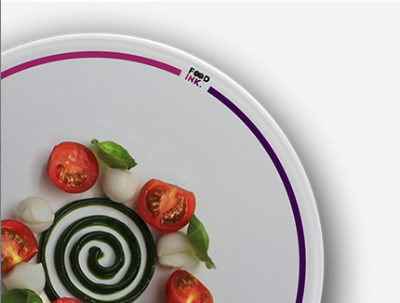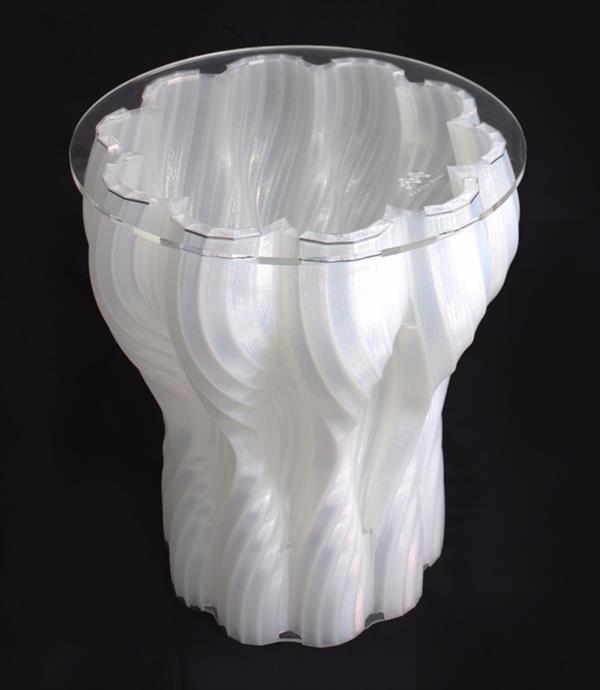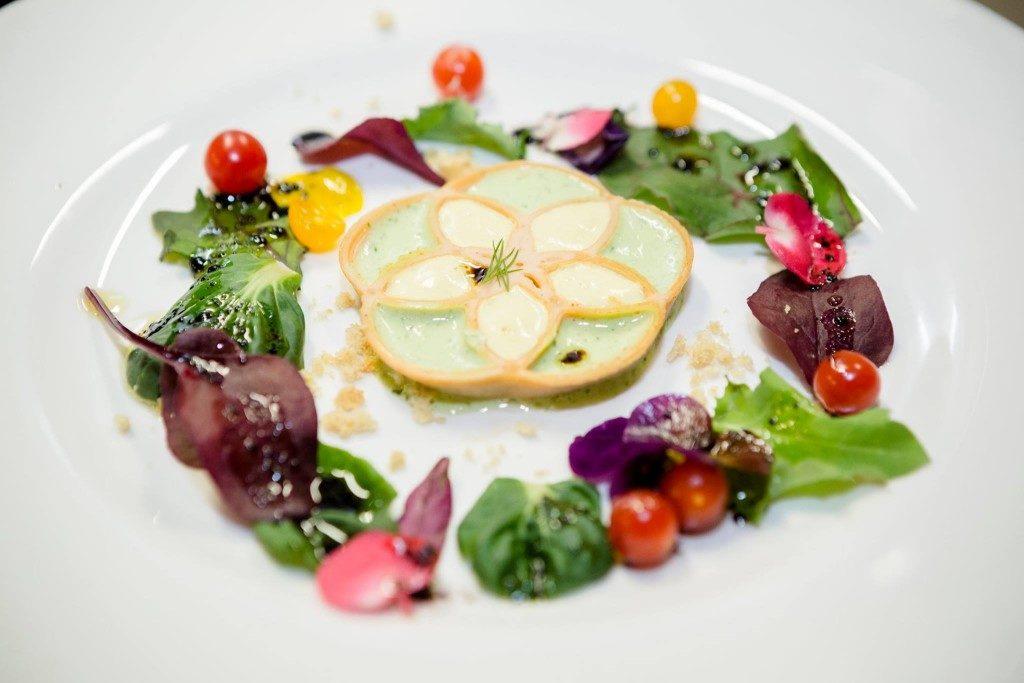 3D printing is that exciting new toy that everybody wants to play with because it looks so good in the commercials. There’s just about no area of life that hasn’t been touched by it and people are continually working to push the boundaries of what are considered to be its normal applications. From spaceships to replacement knees for dogs, its tantalizing, near-magical ability to turn ink into, well, nearly anything, is hard to resist.
3D printing is that exciting new toy that everybody wants to play with because it looks so good in the commercials. There’s just about no area of life that hasn’t been touched by it and people are continually working to push the boundaries of what are considered to be its normal applications. From spaceships to replacement knees for dogs, its tantalizing, near-magical ability to turn ink into, well, nearly anything, is hard to resist.
It was only a matter of time, therefore, before restaurateurs with an eye for interesting new trends caught the 3D printing fever and brought it to the table. A new pop up restaurant, adorably named Food Ink., is doing just that. Co-founded by Antony Dobrzensky and Marcio Barradas, in conjunction with a small host of advisors, the restaurant has offered a small number of diners the chance to have a meal that is entirely produced with 3D printers.
The first event was successfully held in April in Venlo, the Netherlands, and the next venue will be in London from July 25. The team has its eyes and hearts set on a breathtaking array of venues as part of its 2016 world tour from Berlin to Barcelona and NYC to Tokyo. The meal that diners at Food Ink. will experience consists of nine courses and is 3D printed live, and live-streamed, to what are expected to be packed houses. And it’s more than just the food that will be on show. Even the utensils and the seating furniture have been produced with 3D printing – an immersive additive manufacturing experience indeed.
 The furniture in the gastropub includes 3D printed stools created by the team’s design advisor Arthur Mamou-Mani. These pieces were produced using Silkworm, an open-source plug-in for Rhino developed by a team including Mamou-Mani. Called the Smoke Stool, the pieces are not only showing up in the pop-up but also as rewards in a Kickstarter campaign for his own project to build an architectural installation at Burning Man.
The furniture in the gastropub includes 3D printed stools created by the team’s design advisor Arthur Mamou-Mani. These pieces were produced using Silkworm, an open-source plug-in for Rhino developed by a team including Mamou-Mani. Called the Smoke Stool, the pieces are not only showing up in the pop-up but also as rewards in a Kickstarter campaign for his own project to build an architectural installation at Burning Man.
But what of the food?
It is produced using byFlow 3D printers from ingredients such as hummus, chocolate mousse, and anything else that can be utilized in a paste form. The experience is billed as “fine dining hacked,” and the flashy videos (complete with soundtracks that brought my children running to see why I had started listening to cool music) show elegant forms and beautifully delicate dishes served to a series of equally elegant diners. There is more to this than just a mechanical production of food; the chefs work extremely hard to take these creations and turn them into something greater than just what leaves the printer’s nozzle. This is a far cry from the work-free magic of TV dinners or microwave popcorn; the printer is just one tool in a still very complete kitchen.
Clearly, it’s hard to review the success of a restaurant without having ever tasted the food itself – and that is a pleasure that continues to be reserved for a select few, as this is no everyman’s offering. The question that remains open is: other than aesthetics, is there anything to be gained by 3D printing the food? It feels terribly indulgent and overwrought, but possibly it is so delicious that it is worth every contrived moment. Is there something valuable to 3D printing food, or is this just another playground for the wealthy to engage in conspicuous consumption?
Maybe it’s a little too much “muchness,” but then again, the cutting edge often is. Haute couture isn’t meant to be worn down the street and the Joule6 concept car won’t be in our garages, but neither were they a waste of time. It takes pushing the envelope to discover a better normal, and not everything that is done needs to lead immediately to some vastly useful application.It might also be useful to ask some questions about how much technology we want to intervene between our food and our bodies, but I couldn’t possibly give this full consideration on an empty stomach, and my son is making crepes the old fashioned way, so I’ll leave you to it. Discuss further over in the Food Ink & 3D Printing forum at 3DPB.com.
Subscribe to Our Email Newsletter
Stay up-to-date on all the latest news from the 3D printing industry and receive information and offers from third party vendors.
You May Also Like
Gorilla Sports GE’s First 3D Printed Titanium Cast
How do you help a gorilla with a broken arm? Sounds like the start of a bad joke a zookeeper might tell, but it’s an actual dilemma recently faced by...
Nylon 3D Printed Parts Made More Functional with Coatings & Colors
Parts 3D printed from polyamide (PA, Nylon) 12 using powder bed fusion (PBF) are a mainstay in the additive manufacturing (AM) industry. While post-finishing processes have improved the porosity of...
$25M to Back Sintavia’s Largest Expansion of Metal 3D Printing Capacity Since 2019
Sintavia, the digital manufacturing company specializing in mission-critical parts for strategic sectors, announced a $25 million investment to increase its production capacity, the largest expansion to its operations since 2019....
Velo3D Initiates Public Offering in a Bid to Strengthen Financial Foundations and Drive Future Growth
Velo3D (NYSE: VLD) has been among a number of publicly traded 3D printing firms that have attempted to weather the current macroeconomic climate. After posting a challenging financial report for 2023,...
































